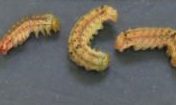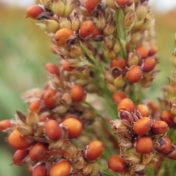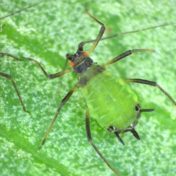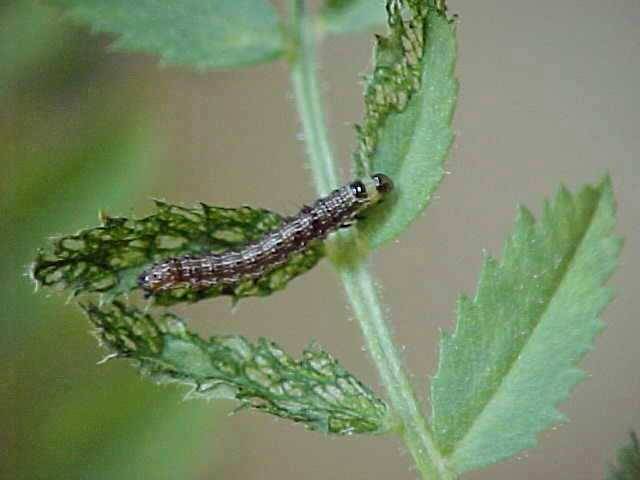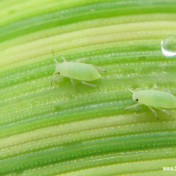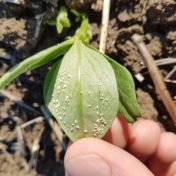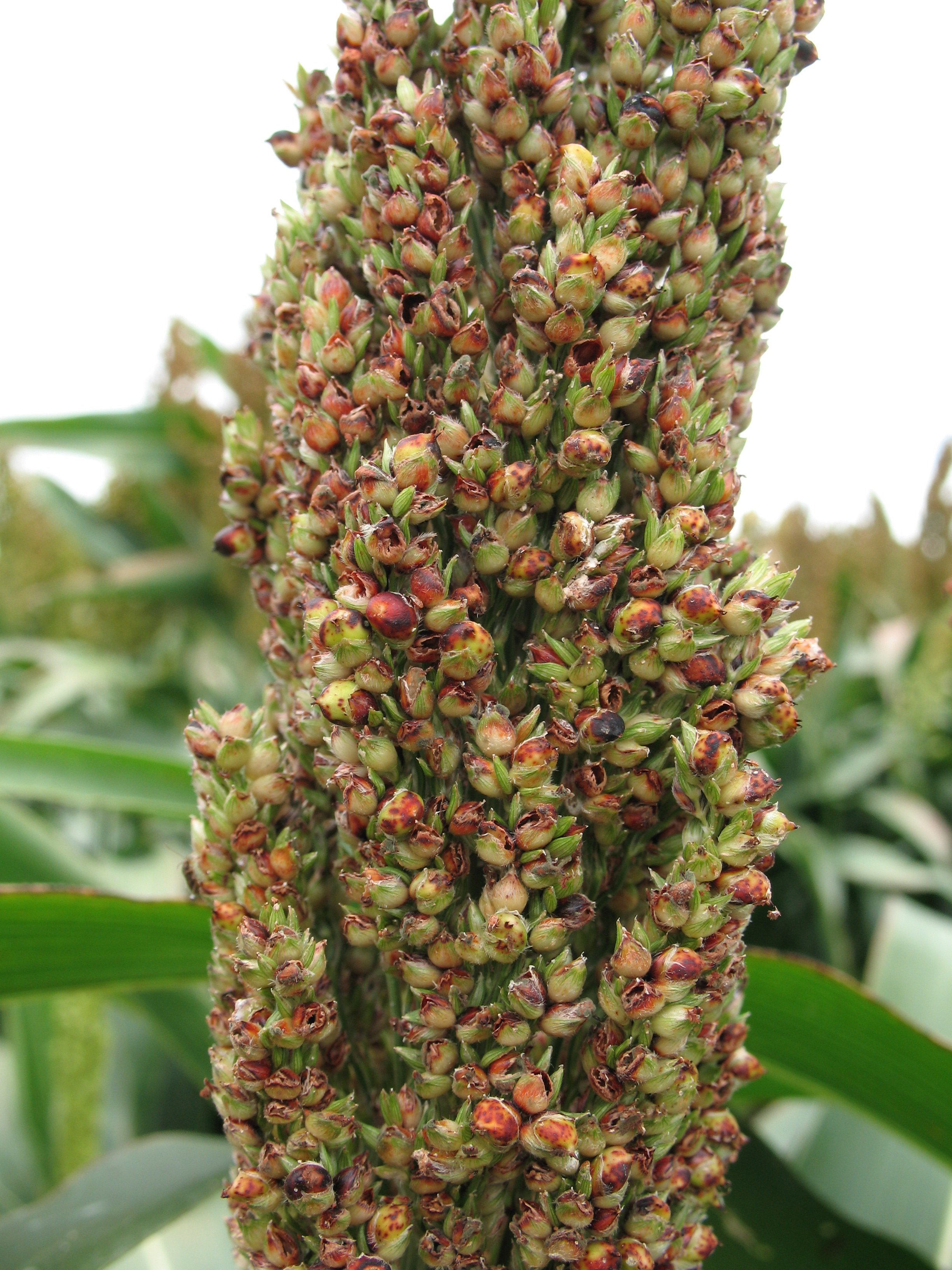Monday 21 January at 8 am Green Room, QDAF Conference Centre, 203 Tor St, Toowoomba. In October 2018, detections of Russian wheat aphid (RWA) were made in Cowra, Forbes, and Condobolin on the Liverpool Plains, and Coonabarabran. NSW DPI Biosecurity reported these detections (read the document here). The map below shows the location of RWA detections in NSW. No detections have… Read more »
A new resistance management strategy (RMS) for Helicoverpa armigera has been released for the northern grain production region. It is anticipated that it will be adopted first in the current chickpea crop. H. armigera is a major pest of grain crops and presents a significant management challenge due to the current reliance on chemical control, and resistance to several insecticide… Read more »
As more growers and agronomists look to rotate insecticides for helicoverpa control in grain crops as part of a sound resistance management strategy, uncertainty about how to tell if larvae are actually dying, or had escaped control for some reason has emerged as a concern in some instances. These cases, where larvae have not died as quickly as expected, have… Read more »
Sorghum is most susceptible to crop loss from insect pests during flowering and grain fill, and this article deals mostly with these species (sorghum midge, helicoverpa and Rutherglen bug). However, some years there may be pest infestations in vegetative sorghum. Vegetative sorghum During the vegetative stages you may see a few armyworm or helicoverpa larvae causing shot-holes in the leaves,… Read more »
Megoura crassicauda has been found in parts of north-east and central New South Wales (Sydney, Tamworth, and Breeza). The species originated in north-east Asia, and is closely related to the vetch aphid (Megoura viciae), found in Europe, Ethiopia and North America. Its host range is mostly limited to Vicia species – vetches, faba or broad beans, and may extend to… Read more »
Helicoverpa are the primary insect pest of chickpeas. Beneficial insects that are present in many crops do not thrive in chickpeas, so successful helicoverpa management relies heavily on monitoring and identification, appropriately timing control to crop stage, and using the recommended thresholds. Monitoring involves regular in-field checking with a beat sheet. Additionally, moth numbers can be monitored using pheromone traps… Read more »
Russian wheat aphid (RWA) is considered a high priority pest by the grains industry because of its potential to cause significant yield losses in wheat and barley if not well managed. Triticale and rye are also susceptible to crop loss, but oats are considered relatively tolerant. It is inevitable that RWA will establish in the northern grains region, but we… Read more »
This summer silverleaf whitefly (SLW) populations have been extremely high in many cotton crops, particularly in NSW. As these crops are defoliated, large numbers of SLW are moving out of the cotton into surrounding vegetation, including emerging grain crops. Whilst the number of SLW adults landing in seedling canola, wheat, faba beans and cereals can look dramatic, previous experience has… Read more »
The spread of Russian wheat aphid (RWA) (Diuraphis noxia) in the Northern grains region is considered inevitable. When it might be detected in wheat and barley is less clear as the key drivers of its spread are not well understood in Australia. Wind is likely to play a part in moving winged aphids from south to north. The most northerly… Read more »
Rutherglen bug (RGB) numbers are persisting in many sorghum crops as they start to reach physiological maturity. Queensland Department of Agriculture and Fisheries (DAF) research has shown no evidence of yield loss as a result of direct feeding on grain once it reaches physiological maturity (black layer). However, because most crops this year have staggered head emergence, there are a… Read more »

